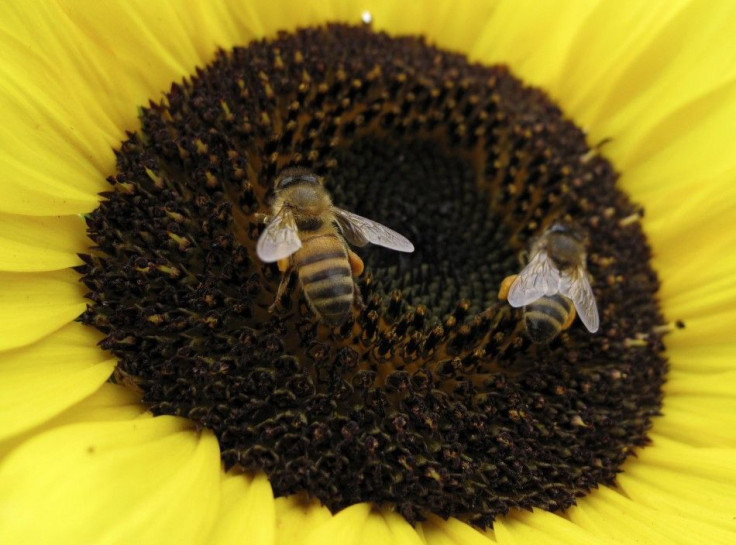Sunlight Does Not Drive Sunflowers Movement, Their Internal Clock Allows them to Track the Sun
The Plant's Internal Clock Also determines The Growth of The Plant, Research Shows

The movement of the sunflower has fascinated many since time immemorial, how the beautiful yellow flower would turn towards the sun everyday unfailingly. While scientists had stated that the light rays from the sun triggered the mechanism in the plant, a new research published in the scientific journal, Nature has discovered something unthought-of and equally fascinating.
The study, led by Hagop Atamian and Stacey Harmer of the University of California in Davis, discovered that it isn't just the sunrays that the flowers responded to, but they also have an internal clock which directed it's movement.
For the research, Atamin and Harmer took the sunflower plants grown in the fields and placed them in chambers with a fixed artificial overhead lights. The sunflowers movement was unhindered by the change in location and the missing sun; they carried on their movements as though the sun was present. They moved towards the east and west in the morning and evening, respectively. This continued for several days in a chamber, much to their astonishment, cutting through previous theories of the sun triggering this motion. According the Nature report, this suggested that they were not responding only to the direction of the light, but their own timekeeper.
At the annual meeting of the American Society of Plant Biologists in Portland, Oregon, Atamian presented another discovery. Sunflowers bend when one side of the stem grows faster than the other, and growth in the east would result in a bend towards the west. To unravel the mystery behind the role of the internal clock on the growth of the plant, scientists are now studying gene expression on each side of the plant. This would help them understand how the internal clock is altering the growth of the plant on one side but not the other.
Atamian said, "Somehow the same clock in the same organ is having opposite effects on opposite sides of the stem. It's a big open question."
Several other plants are also known for their natural attraction towards the sun, aligning themselves to the sunrays on a daily basis. This tracking shown by scientists has helped boost plant yield.





















